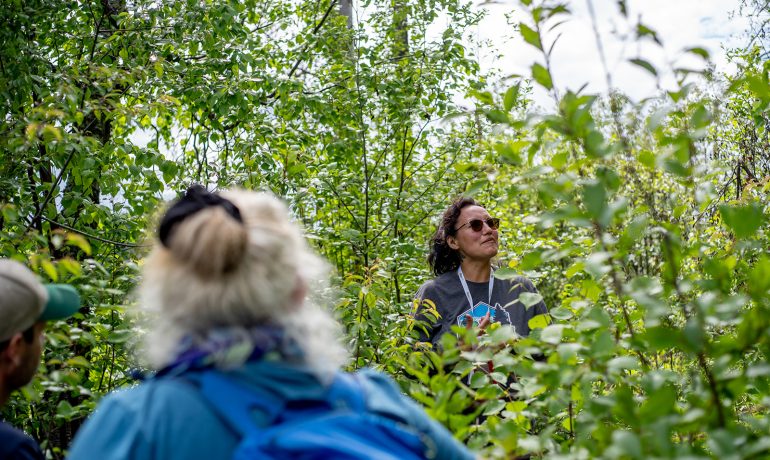From Aly Laube, The Runner:
In 2017, British Columbia was swallowed by a wildfire season that left the skies hazy, rural communities devastated, and families displaced. The province declared a 70 day-long state of emergency, the longest in its history and the first to be declared since the similarly sized wildfire season of 2003. More than 65,000 residents were displaced by floods or wildfires. Direct fire suppression costs estimated at more than $568 million. More than 1.2 million hectares of land were burned.
As the flames tore through our evergreen forests and threatened to encroach on urban settlements, Canadians forced to leave home were left asking what to do next. Some might have had a comprehensive plan for how to recover. Others without access to resources or adequate support may not have known where to turn, especially if their property had been damaged or if they were separated from their loved ones in the fray.
There is an entire industry dedicated to preventing and recovering from fires in B.C. The wildfire season lasts from May until September, and the regions with the highest wildfire occurrence are British Columbia, the boreal forest zones of Ontario, Quebec, and the Prairie provinces, the Yukon, and the Northwest Territories, according to the Government of Canada.
A report entitled Addressing the New Normal: 21st Century Disaster Management in British Columbia states that incorporating mental health into support structures for evacuees “has generally improved” over the years.
“Mental health as it relates to the four pillars of emergency management calls not just for thinking about mental health and well-being in the recovery phase, but in the other three phases as well — so supports are in place before disaster strikes rather than as an after-thought,” it reads.
These supports are particularly relevant to helping those in the most need during or after a vicious wildfire season.
The emergency management manual created by the B.C. government in 2011 echoes this statement, noting that “there will always be a psychological impact to those affected by an emergency, regardless of whether it is a large-scale event or limited to one or two individuals.”
Much has changed since 2011 when it comes to viewing and responding to natural disasters. Climate change has shifted to the forefront of public concern, and science about its development and threat to the wellbeing of people around the world has grown both accepted and widely shared.
Knowledge of how insects and diseases uniquely impact B.C. forests has also deepened. The mountain pine beetle is one notable pest in the province which Addressing the New Normal states “was in many ways at the heart of 2017 wildfires.”
“We can no longer rely on cold winters and summer fires to keep these pests in check. Climate change impacts us all,” it reads. “A range of data from reputable sources points to growing challenges with respect to heat, drought, lightning and intense rains intersecting with snow melt, underlining the imperative for government to respond in new, different or better ways.”
IMAGE: from @Reslus
Related Post
As Published in Canadian Forest Industries Magazine, Pulp & Paper Magazine and Canadian Biomass Magazine
Jennifer Gunter’s Op Ed, “Community Forests: Rooted in Community,
Minister of Forests Mandated to Expand BC’s Community Forest Program
In the recently released mandate letter to the Minister



